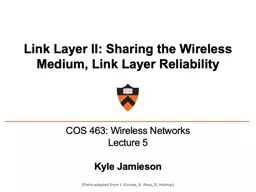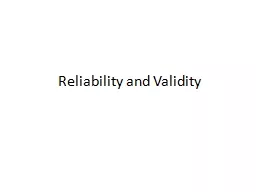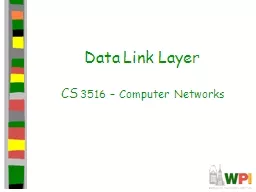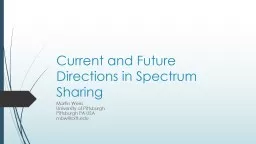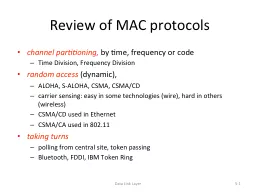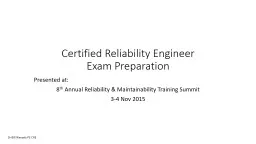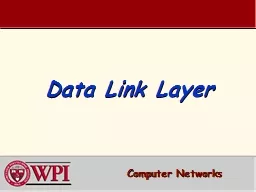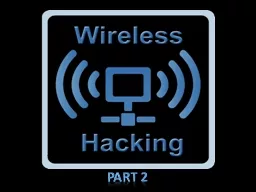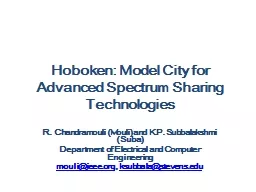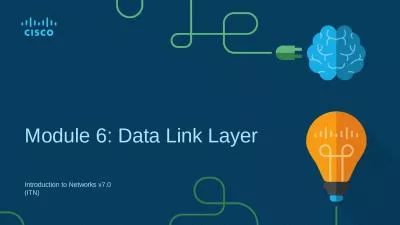PPT-Link Layer II: Sharing the Wireless Medium, Link Layer Reliability
Author : agentfor | Published Date : 2020-08-05
COS 463 Wireless Networks Lecture 5 Kyle Jamieson Parts adapted from J Kurose K Ross D Holmar Packet radio Wireless LAN Wired LAN ALOHAnet 1960s Amateur
Presentation Embed Code
Download Presentation
Download Presentation The PPT/PDF document "Link Layer II: Sharing the Wireless Medi..." is the property of its rightful owner. Permission is granted to download and print the materials on this website for personal, non-commercial use only, and to display it on your personal computer provided you do not modify the materials and that you retain all copyright notices contained in the materials. By downloading content from our website, you accept the terms of this agreement.
Link Layer II: Sharing the Wireless Medium, Link Layer Reliability: Transcript
Download Rules Of Document
"Link Layer II: Sharing the Wireless Medium, Link Layer Reliability"The content belongs to its owner. You may download and print it for personal use, without modification, and keep all copyright notices. By downloading, you agree to these terms.
Related Documents

